World War II revealed some of mankind’s darkest side when Nazi Germany systematically exterminated 6 million European Jews.
The Holocaust left a deep and lasting scar on history, as Jews, prisoners of war, and others faced unimaginable persecution. Many were forced from their homes, enduring brutal pogroms, gas chambers, mass shootings, and life in concentration camps.
Out of this darkness, many Holocaust survivors like Otto Frank, Dr. Ruth, and Elie Wiesel found the strength to rebuild their lives and make a lasting impact on the world.
1. Otto Frank
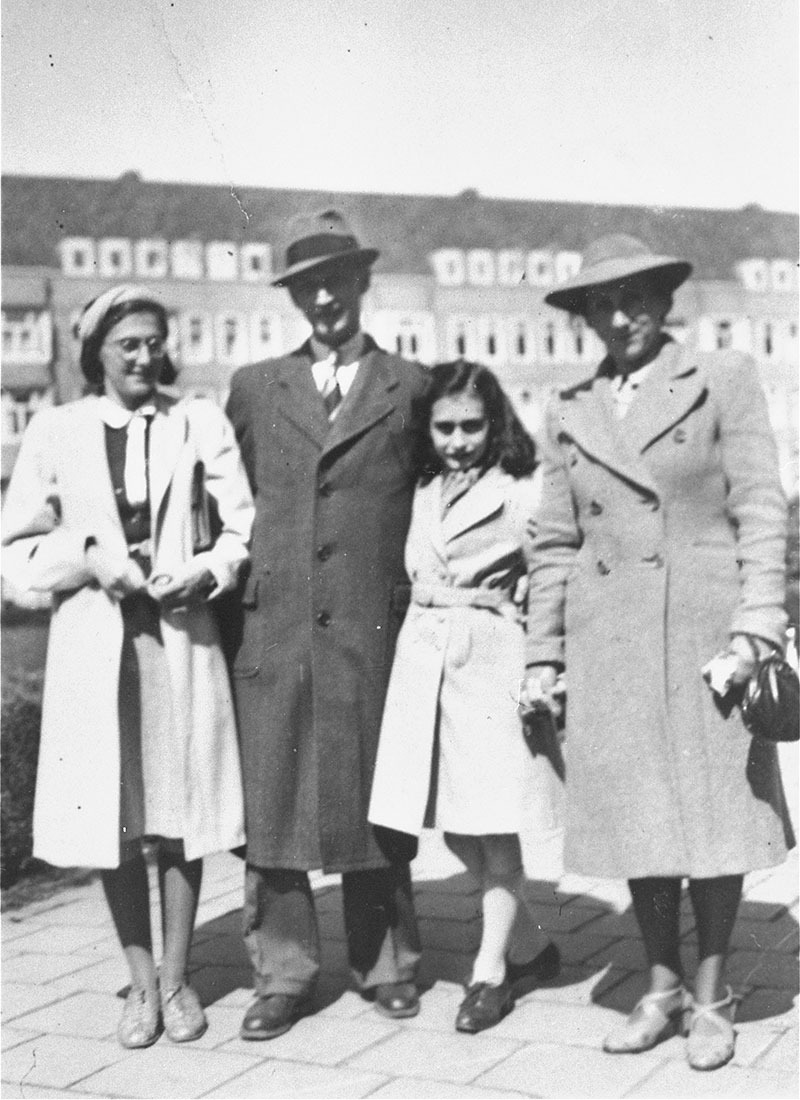
Otto Frank was the only member of his family to survive the Holocaust. In the early 1930s, he moved his wife, Edith, and daughters, Margot and Anne, from Germany to Amsterdam, hoping to escape the rising tide of anti-Semitism.
Despite his efforts to emigrate to the United States, Otto couldn’t secure the necessary documents, so the family had no choice but to hide with the help of friends.
In 1944, the Nazis discovered the Franks, and they were sent to various concentration camps. Otto was taken to Auschwitz, where he later learned that his wife Edith had died of starvation and his daughters, Margot and Anne, had succumbed to typhus.
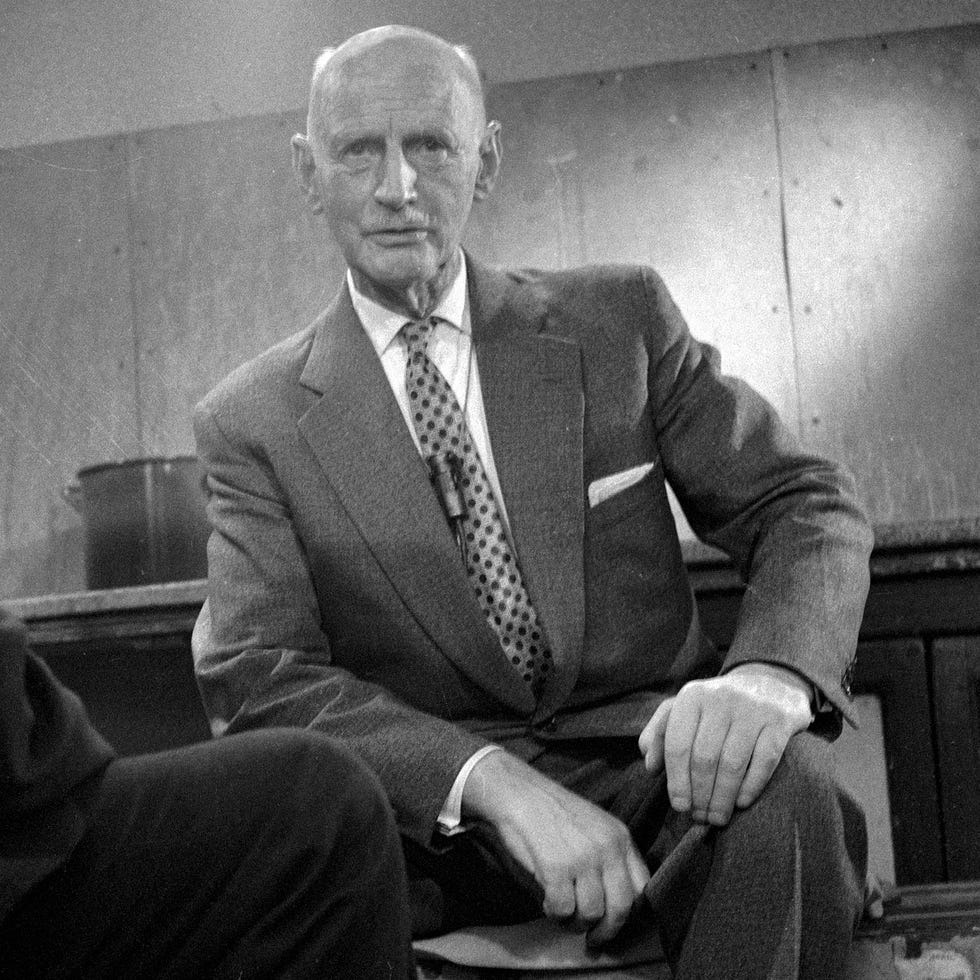
After the war, a family friend found Anne’s diary and gave it to Otto. Encouraged to share it with the world, Otto arranged for its publication, bringing Anne’s voice to millions.
Without Otto, “The Diary of Anne Frank” and the “Anne Frank House” would never have reached the world. Otto Frank dedicated the rest of his life to preserving Anne’s legacy, ensuring that her story of resilience and hope would never be forgotten.
2. Dr. Ruth
Ruth Westheimer, known to many as Dr. Ruth, was the only child of Orthodox Jewish parents who tragically perished in Auschwitz during the Holocaust.
At just 10 years old, Ruth was spared from the same fate when her mother sent her to an orphanage in Switzerland to keep her safe.
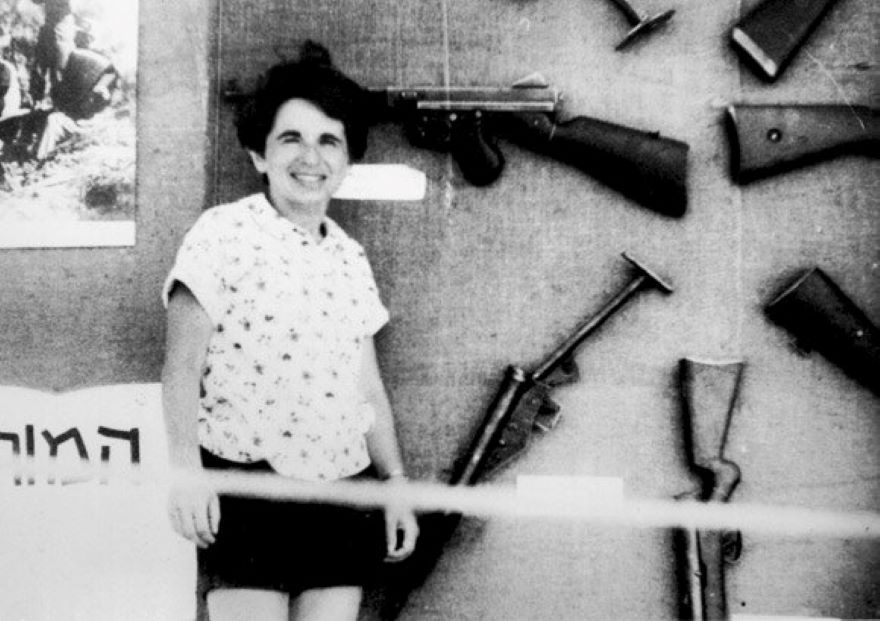
Reflecting on her experience, she once said, “I call myself an orphan of the Holocaust, not a survivor, because I was not in a camp, but my entire family perished. If I had not been in Switzerland from ’39 to ’45, I would not be alive.”
As a teenager, Ruth emigrated to Palestine and later moved to Jerusalem, where she served as a sniper in the military. Her journey then took her to France, where she earned a bachelor’s degree in psychology.
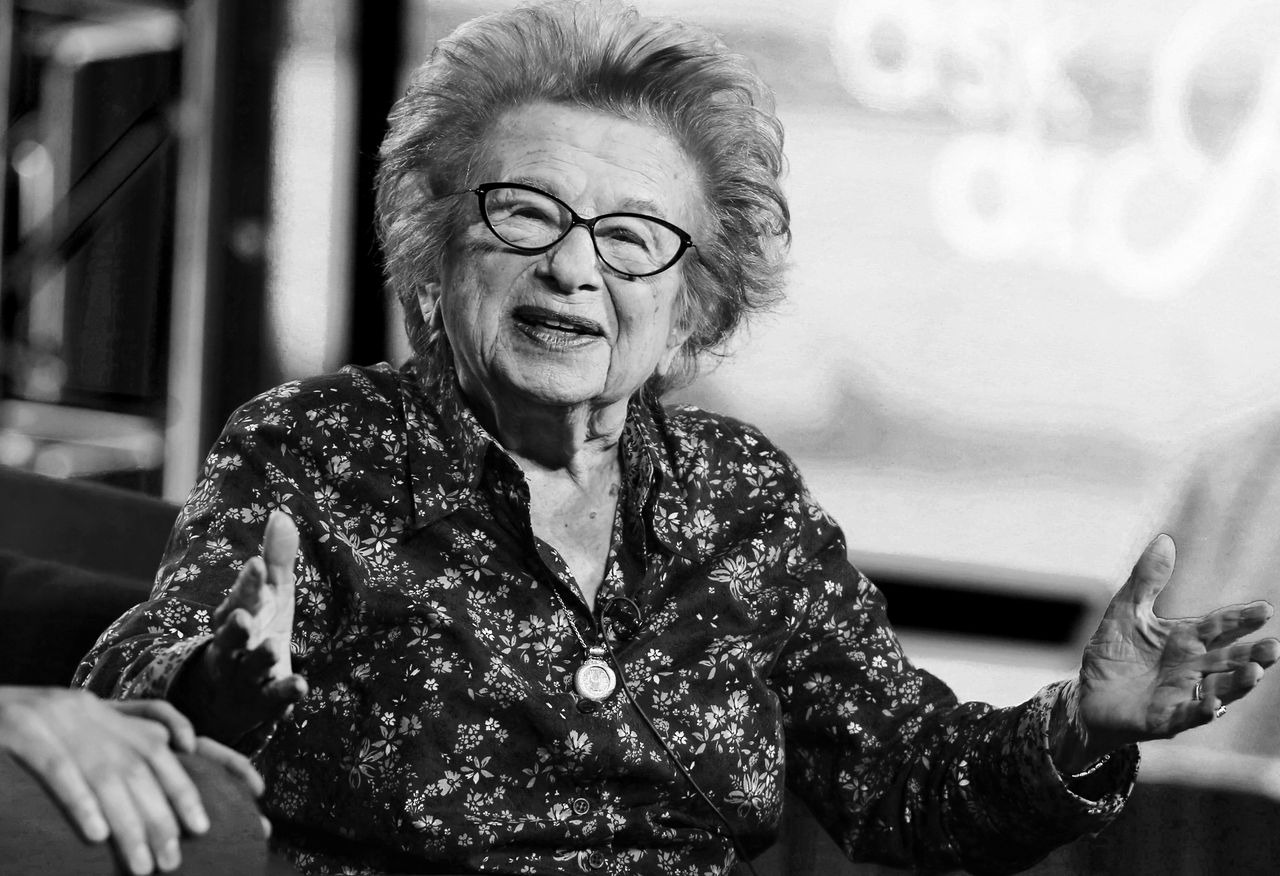
Eventually, she settled in New York City. There, she obtained her master’s and doctorate degrees, worked for Planned Parenthood, and conducted post-doctoral research under renowned sex therapist Helen Singer Kaplan.
From 1980 to 1990, Ruth Westheimer became a beloved media personality as the host of the radio show “Sexually Speaking.”
She established herself as one of the most respected sex therapists in the world. Over the years, she continued sharing her expertise through television and authoring more than 40 books.
3. Elie Wiesel
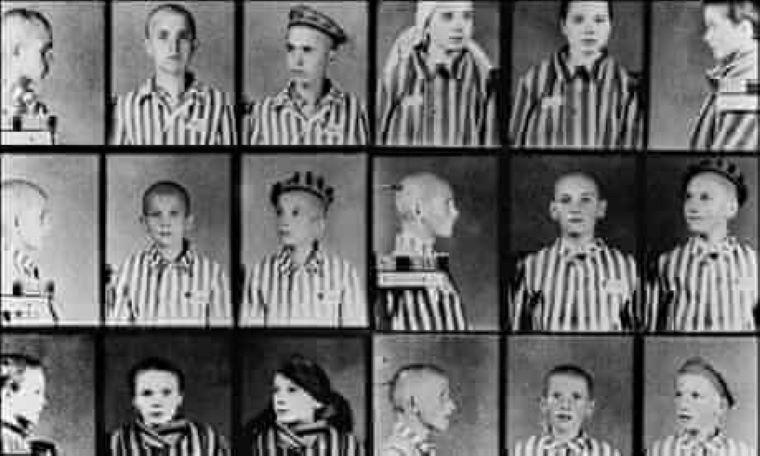
Elie Wiesel, a Romanian-born Jew, was just a teenager when he and his family were deported to Auschwitz in 1944. Tragically, his mother and sister were murdered there, while Wiesel and his father were sent to Buchenwald.
In the brutal conditions of the camp, Wiesel witnessed unimaginable suffering and the collapse of human dignity. He would emerge as the sole survivor of his family.
After World War II, Wiesel relocated to France, where he completed his education and began a career in journalism. For many years, he remained silent about his experiences during the Holocaust.
However, with encouragement from a fellow writer, Wiesel eventually wrote down his harrowing story. Night (1960) became a powerful memoir that sold over 6 million copies in the United States by 2011.

Wiesel’s career flourished as he became an influential author, educator, and human rights activist in New York City.
In 1986, he was awarded the Nobel Peace Prize, recognized as a “messenger to mankind” for his work in promoting peace and human dignity.
That same year, he founded the Elie Wiesel Foundation for Humanity.
Wiesel was also a key figure in establishing the United States Holocaust Memorial Museum in Washington, D.C., and remained deeply involved in Jewish causes and global human rights efforts throughout his life.
4. Simon Wiesenthal
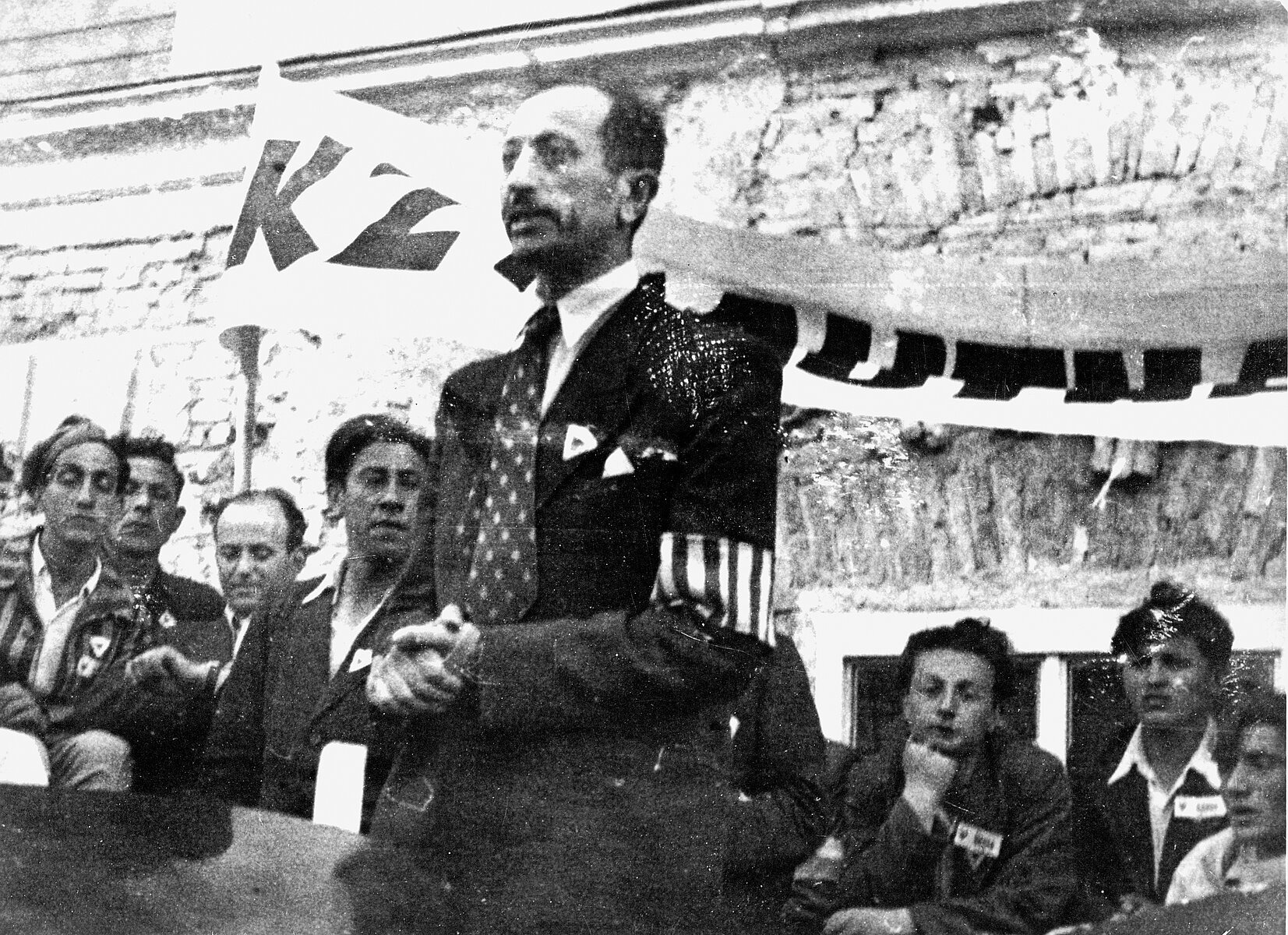
When American soldiers liberated Simon Wiesenthal from the Mauthausen concentration camp on May 5, 1945, he weighed only 90 pounds.
Having survived the horrors of five concentration camps, he emerged with a profound mission. Wiesenthal and his wife, who reunited after the war, had lost 89 family members to the Holocaust.
After regaining his health, Wiesenthal became one of history’s most relentless Nazi hunters, bringing 1,100 war criminals to justice.
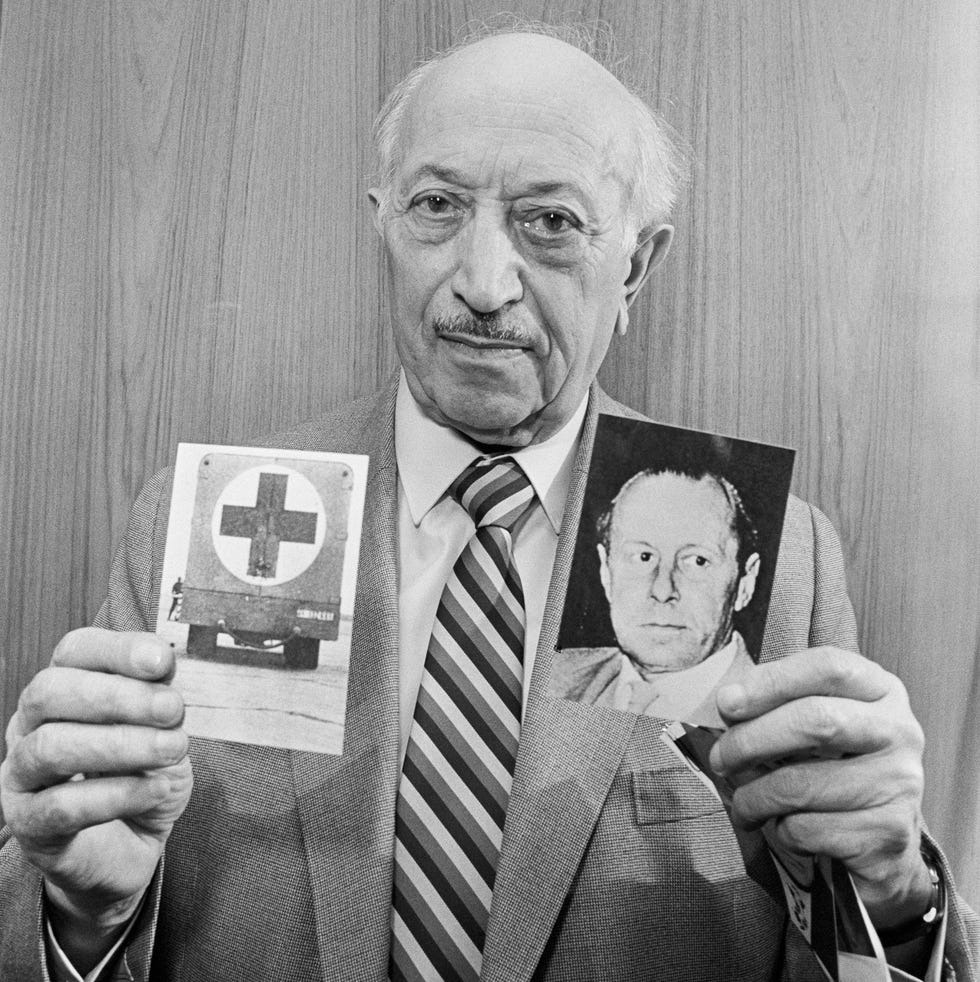
In 1961, he established the Documentation Centre of the Association of Jewish Victims of the Nazi Regime in Vienna, dedicating his life to tracking down fugitive Nazis.
Despite the indifference of global powers, more focused on the Cold War, Wiesenthal continued his work.
His efforts led to the capture of notorious figures like Adolf Eichmann and Franz Stangl, though others, like Josef Mengele, evaded capture until their deaths.
In 1977, the Simon Wiesenthal Center in Los Angeles was established to honor his lifelong dedication.
5. Primo Levi

Primo Levi was an Italian-Jewish chemist, writer, and Holocaust survivor whose work continues to resonate deeply. Born on July 31, 1919, in Turin, Italy, Levi graduated from the University of Turin with a degree in chemistry in 1941.
As World War II raged, Levi joined the Italian anti-fascist resistance but was captured and deported to Auschwitz, where he was forced to work as a slave laborer in a synthetic rubber factory.
After surviving the concentration camp horrors, Levi returned to Turin and managed a factory producing paints and enamels. Alongside his career in chemistry, he began writing, channeling his experiences into powerful literature.
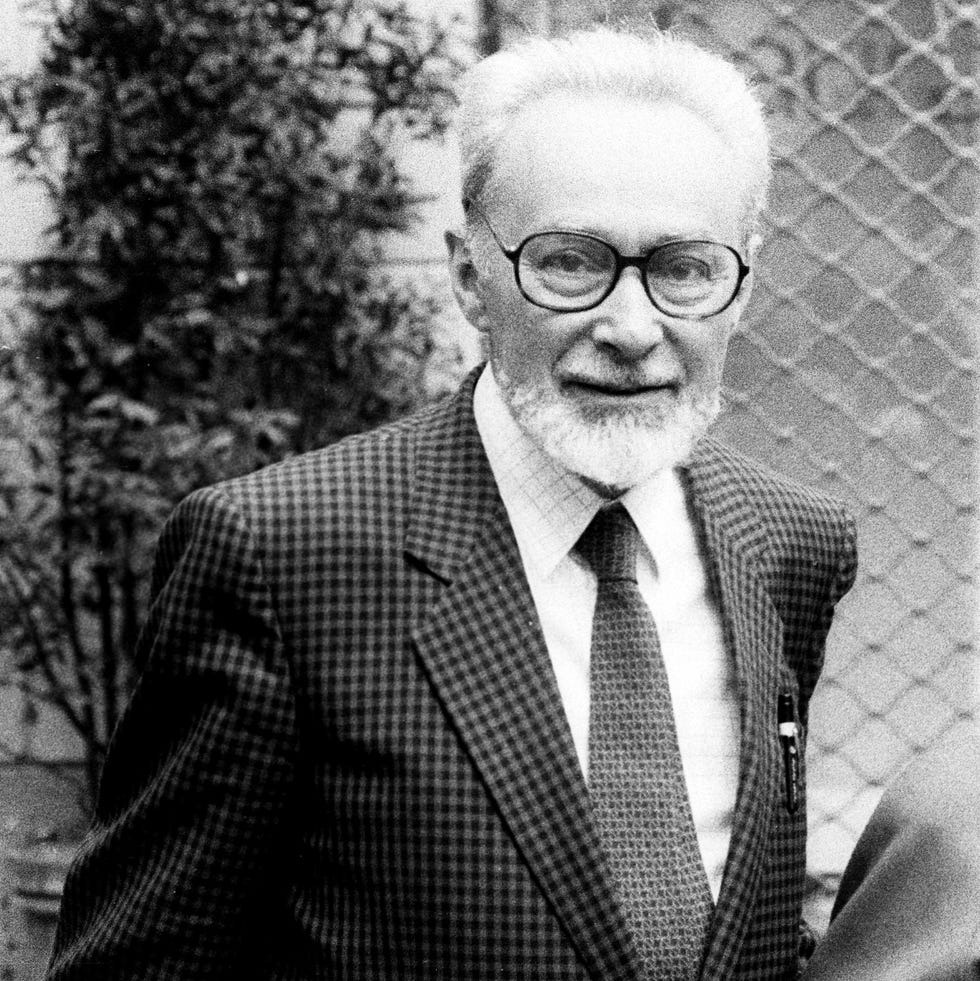
His first book, If This Is a Man (1947), known in the U.S. as Survival in Auschwitz, vividly recounted his harrowing time in the concentration camp and became one of his most recognized books.
Later, he gained further acclaim with “The Periodic Table” (1975), a unique collection of 21 stories, each named after a chemical element, that combined his expertise in chemistry with reflections on human existence.
Tragically, in 1987, Levi died after falling from his third-story apartment. While his death was officially ruled a suicide, some have speculated that it might have been an accident.
6. Simone Veil

Simone Veil’s life was forever changed when, on March 28, 1944, she used her real name to take the baccalauréat exam in France.
Just two days later, the Germans arrested her and her family, ultimately deporting them to concentration camps in Germany.
For the rest of her life, Veil grappled with the fear that her actions that day might have revealed her family’s Jewish identity and led to their tragic fate.
Her mother died of typhus in Auschwitz, and her father and brother perished en route to Lithuania. Yet, Simone and her two sisters survived.
After the war, Veil channeled her grief into a powerful career advocating for women’s rights and social justice.
She studied political science and law, eventually becoming the first female Minister of Health in France under President Valéry Giscard d’Estaing.
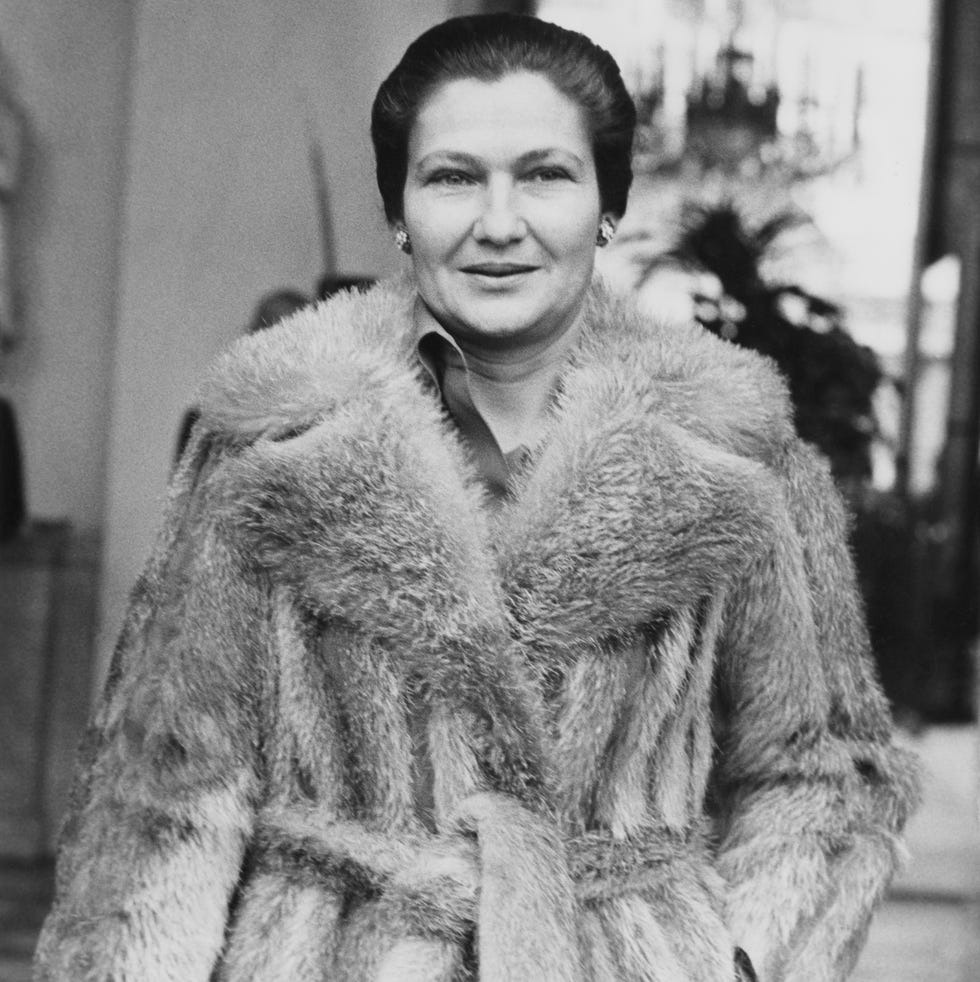
In this role, she spearheaded the legalization of abortion in 1975, a landmark achievement in French history. Veil also became the first female president of the European Parliament and served on France’s Constitutional Council.
Her contributions to French society extended beyond her political roles. She served as the first president of the Fondation pour la Mémoire de la Shoah, dedicated to Holocaust remembrance, and was elected to the prestigious Académie française.
Simone Veil’s legacy was further honored when she and her husband were buried in the Panthéon in 2018, making her only the fifth woman in history to receive this honor.
7. Roman Polanski

Born in Paris in 1933 to Polish-Jewish parents, Polanski’s early life was marked by the horrors of World War II.
His family moved back to Poland just before the Nazi invasion, and they were soon confined to the Kraków Ghetto. His mother was murdered in Auschwitz, and his father was sent to another concentration camp, though he survived the war.
To evade the same fate, a young Polanski assumed a false identity as a Roman Catholic and wandered through orphanages, living in constant fear.

After the war, Polanski pursued a career in film, making his mark with his debut feature “Knife in the Water” (1962), which became the first Polish film to earn an Academy Award nomination.
His move to the United States saw him rise to fame with critically acclaimed films like Rosemary’s Baby (1968).
However, his life took a dark turn in 1969 when his pregnant wife, actress Sharon Tate, was brutally murdered by the Manson Family—a tragedy that deeply affected him.
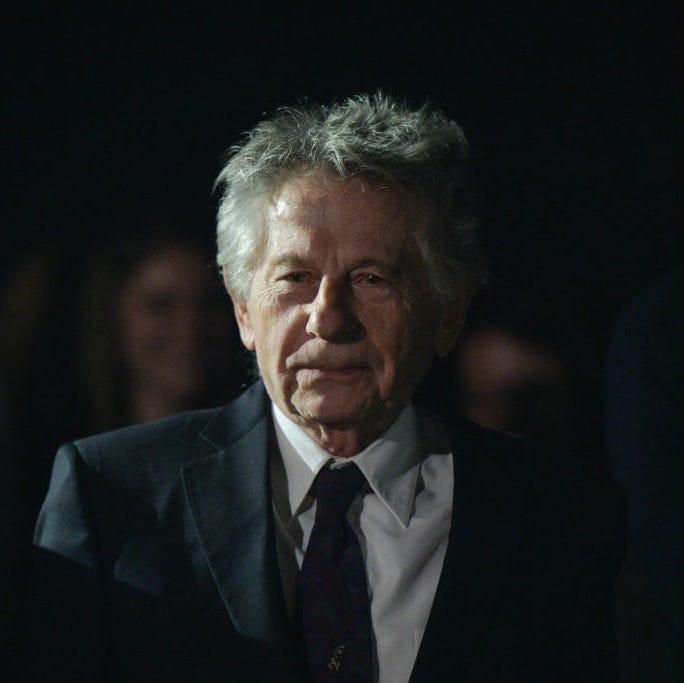
Polanski’s life was further mired in controversy in 1977 when he was arrested and charged with drugging a 13-year-old girl. He fled to Europe to avoid prison when he knew the judge intended to reject his plea deal.
Polanski continued to create notable films, such as The Pianist (2002), which won him an Academy Award for Best Director.
However, his past caught up with him in 2018 when the Academy of Motion Picture Arts and Sciences expelled him amid the rising awareness of sexual misconduct due to the #MeToo movement.
8. Ruth Posner
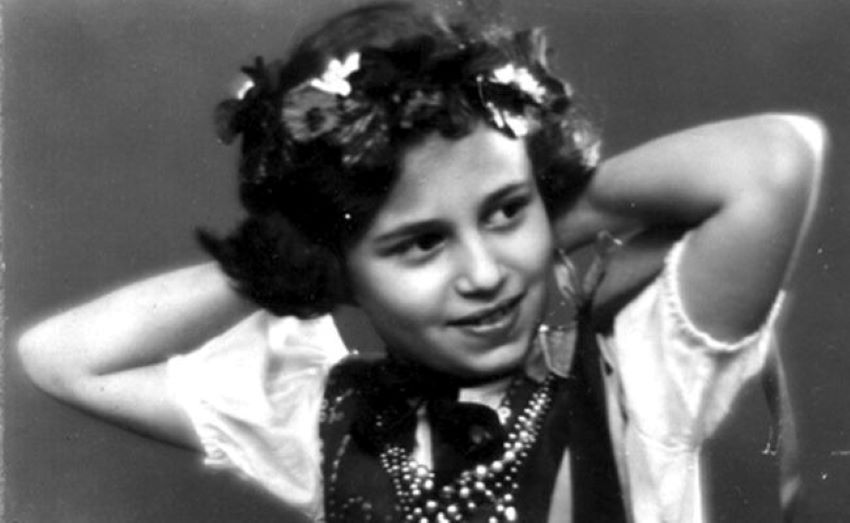
Born into a Jewish family in Warsaw, Poland, Ruth and her parents were forced into the Warsaw Ghetto during World War II.
At just nine years old, Ruth and her aunt managed to escape while working at a leather factory outside the ghetto, a rare opportunity that likely saved their lives.
Unfortunately, Ruth’s parents were not as fortunate, and they were believed to have been sent to the Treblinka extermination camp.
As a young teen, she was captured and taken to Germany as a prisoner of war, where she endured torture while posing as a Catholic girl.

After the war, Ruth Posner moved to England, where she married Michael S. Posner and built a successful career in dance and choreography in London.
In the 1970s, Ruth and her husband relocated to New York City, where she taught physical theatre at prestigious institutions like Juilliard and studied acting under the legendary Uta Hagen.
Later in life, Ruth transitioned to acting, earning recognition for her roles in films like To Anyone Who Can Hear Me (1999), Do I Love You? (2002), and Timeless (2005).

Eventually, she returned to London and continued teaching at prestigious schools such as the London Academy of Music and Dramatic Art and the Royal Academy of Dramatic Art.
In the 1990s, Posner shifted her focus to acting, earning recognition for her roles in films like “To Anyone Who Can Hear Me” (1999), “Do I Love You?” (2002), and “Timeless” (2005).
9. Irena Sendler
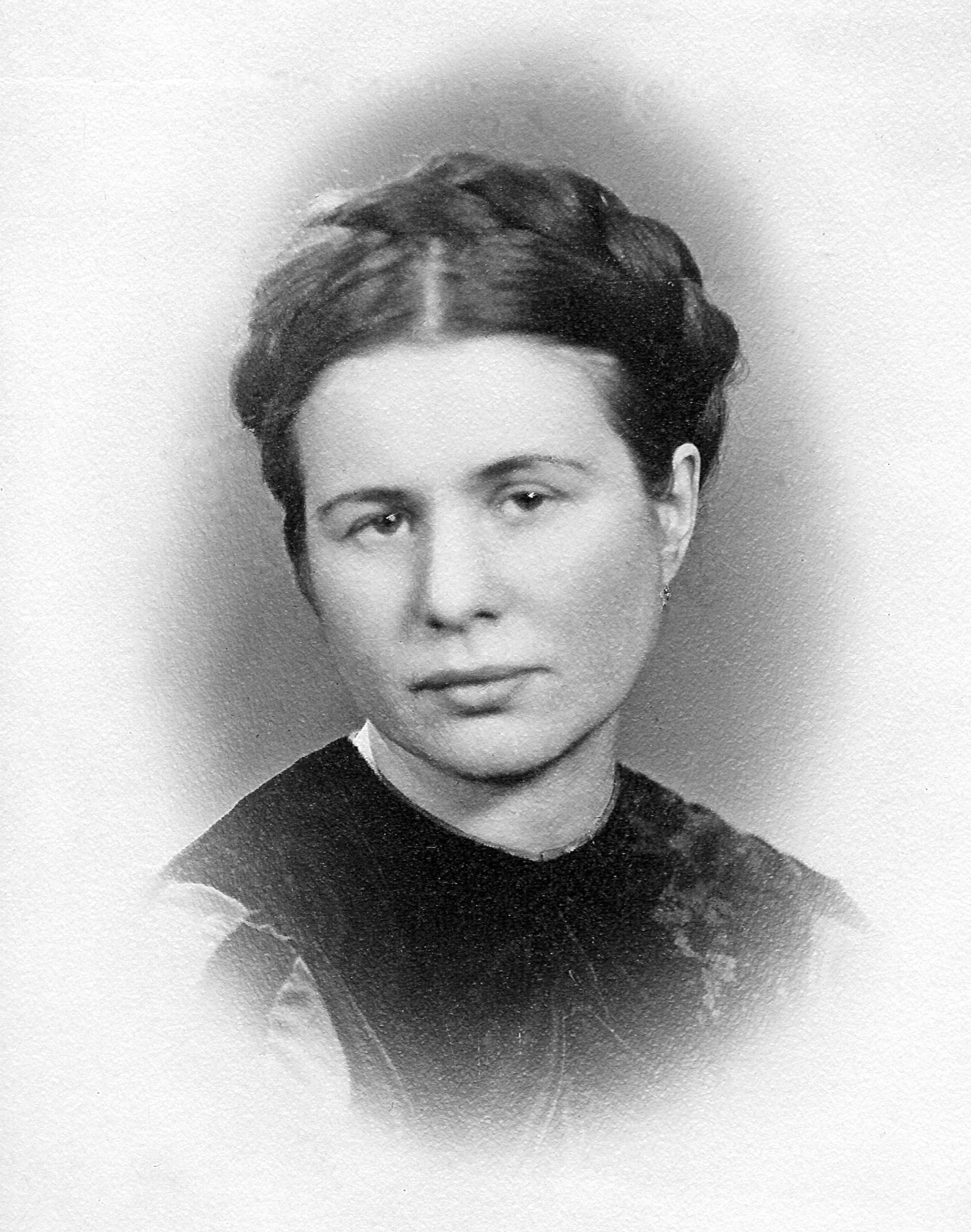
Irena Sendler, born Irena Stanisława Krzyżanowska on February 15, 1910, is remembered for her extraordinary bravery and compassion during one of history’s darkest periods.
Operating under the pseudonym “Jolanta,” she was a key figure in Żegota, the Polish Council to Aid Jews, and led the organization’s children’s section from October 1943.
Before the war, Sendler was actively involved in social welfare through the Free Polish University and the Department of Social Welfare and Public Health in Warsaw.
Once the German occupation began, Sendler and her network managed to save hundreds of Jewish children, placing them with Polish families, orphanages, and convents to shield them from the Nazis.
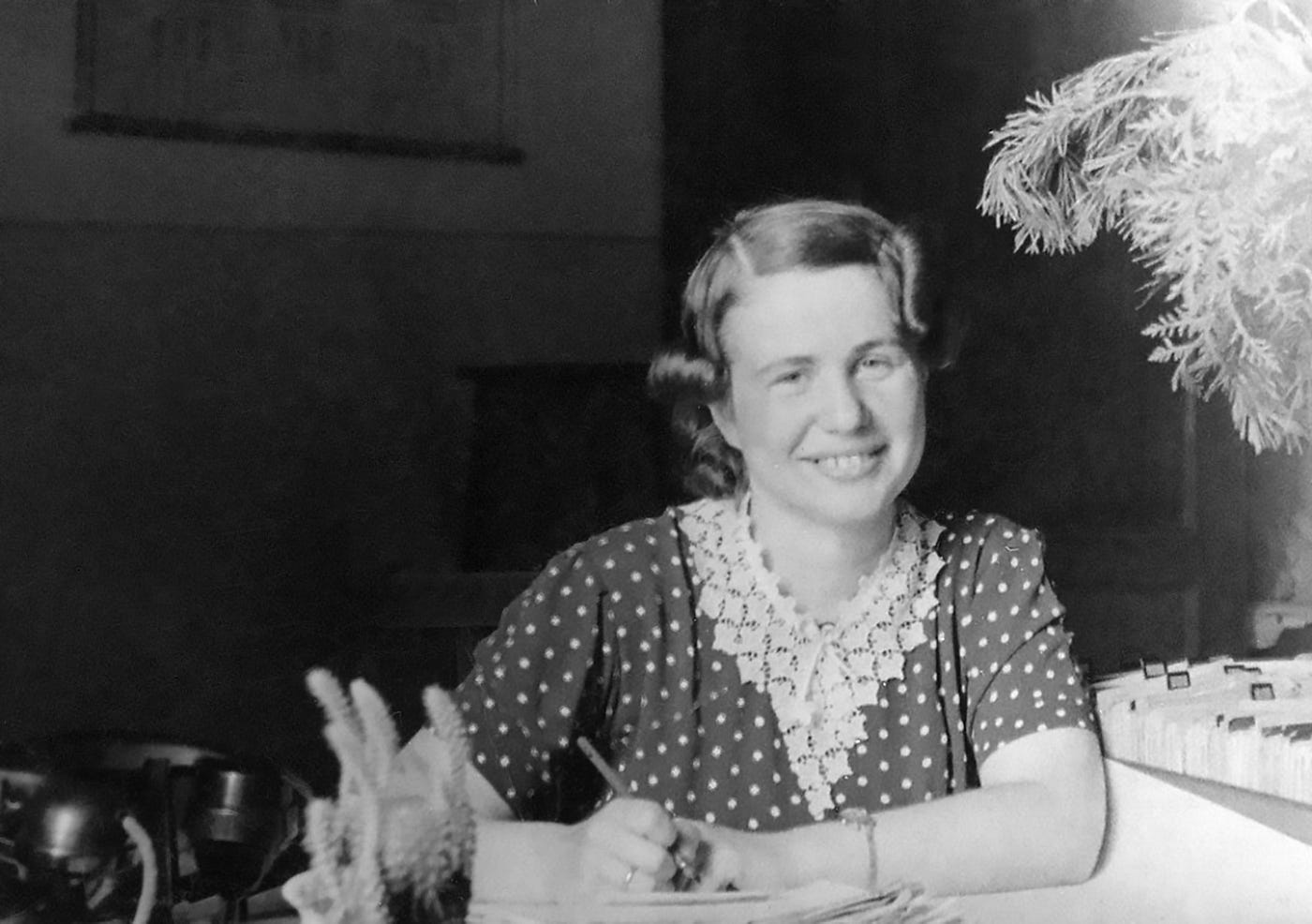
In October 1943, Sendler was suspected and arrested by the Gestapo. She concealed the names and locations of the rescued children, even under torture.
She was sentenced to death but narrowly escaped execution thanks to the efforts of Żegota, which bribed officials to secure her release just before her scheduled execution.
After the war, Sendler continued her work in social activism and held a government position in communist Poland.
Her selfless acts were later honored globally; in 1965, she was recognized by Israel as Righteous Among the Nations, and she received Poland’s highest honor, the Order of the White Eagle.
10. Emil Fackenheim
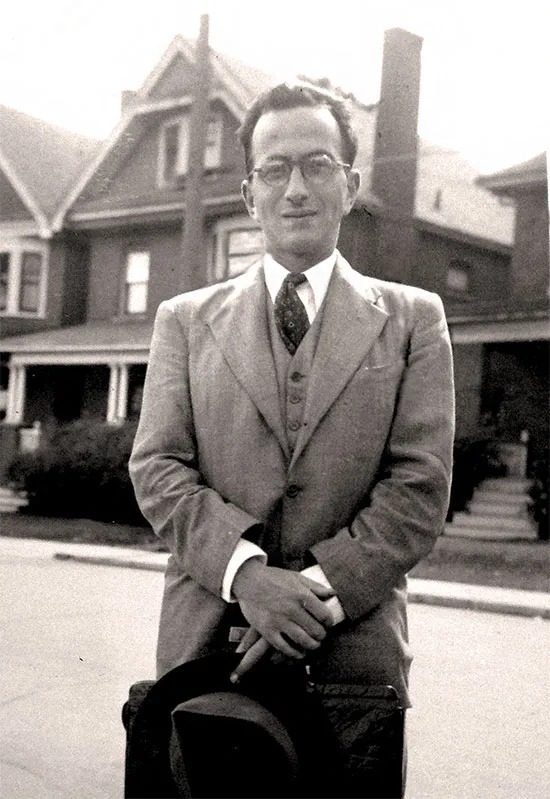 Emil Ludwig Fackenheim, born on June 22, 1916, in Halle, Germany, was a distinguished Jewish philosopher and Reform rabbi whose life and work deeply influenced contemporary Jewish thought.
Emil Ludwig Fackenheim, born on June 22, 1916, in Halle, Germany, was a distinguished Jewish philosopher and Reform rabbi whose life and work deeply influenced contemporary Jewish thought.
His early years were disrupted by the rise of the Nazi regime. On November 9, 1938, during Kristallnacht, Fackenheim was arrested and briefly interned at the Sachsenhausen concentration camp.
He escaped with his younger brother Wolfgang to Great Britain, while their parents later joined them. Tragically, Fackenheim’s older brother Ernst-Alexander, who chose to remain in Germany, was killed in the Holocaust.
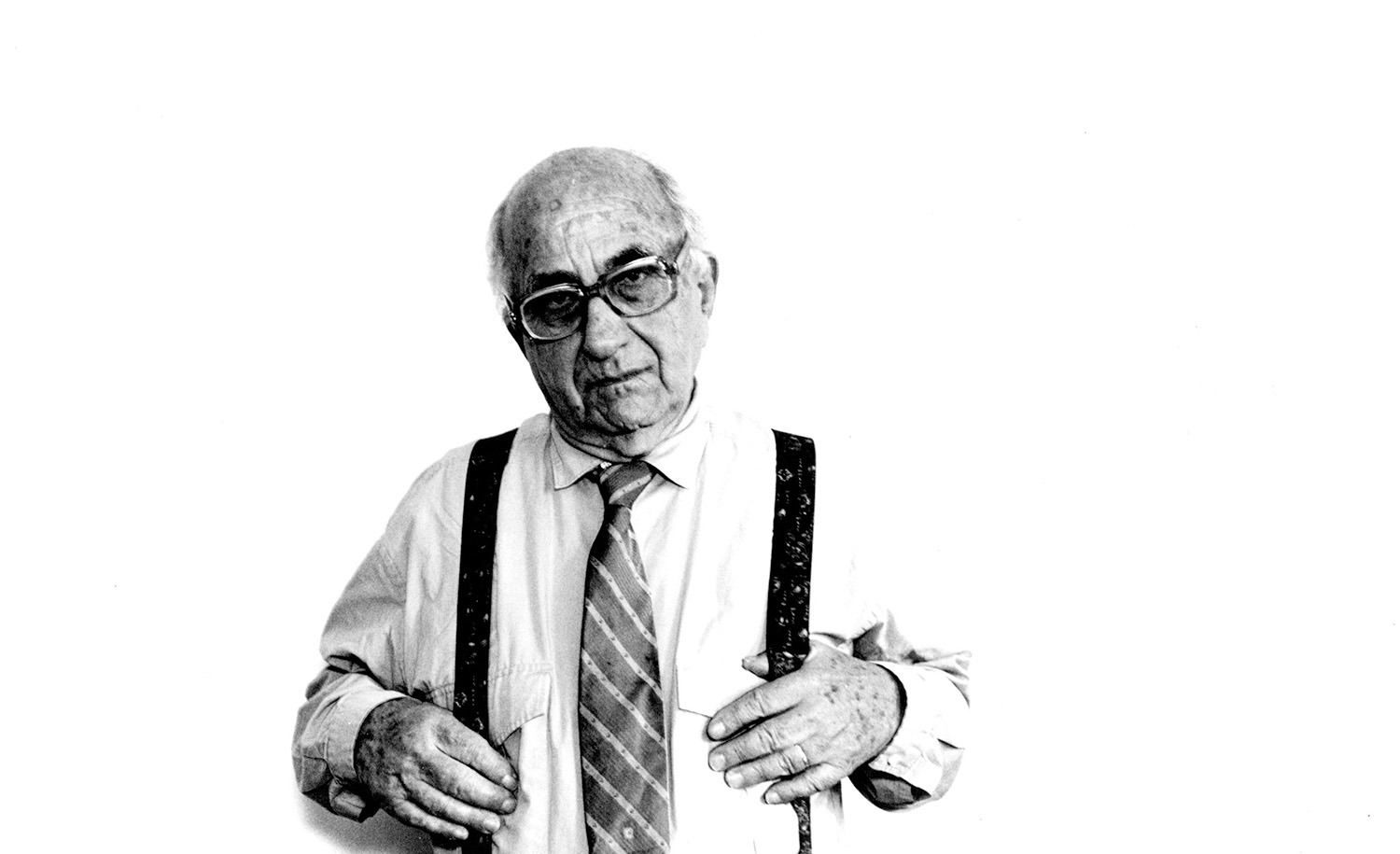
Following the outbreak of World War II, Fackenheim was interned as an enemy alien by the British and was sent to a remote internment camp in Canada.
After his release, he served as the Interim Rabbi at Temple Anshe Shalom in Hamilton, Ontario, from 1943 to 1948.
He then pursued advanced studies in philosophy at the University of Toronto and earned his PhD with a dissertation on medieval Arabic philosophy.
He became a prominent professor of philosophy at the university from 1948 to 1984 and was involved in the editorial work for the journal Dionysius.
In recognition of his contributions, he received an honorary doctorate from Sir George Williams University in 1971, which later became Concordia University.
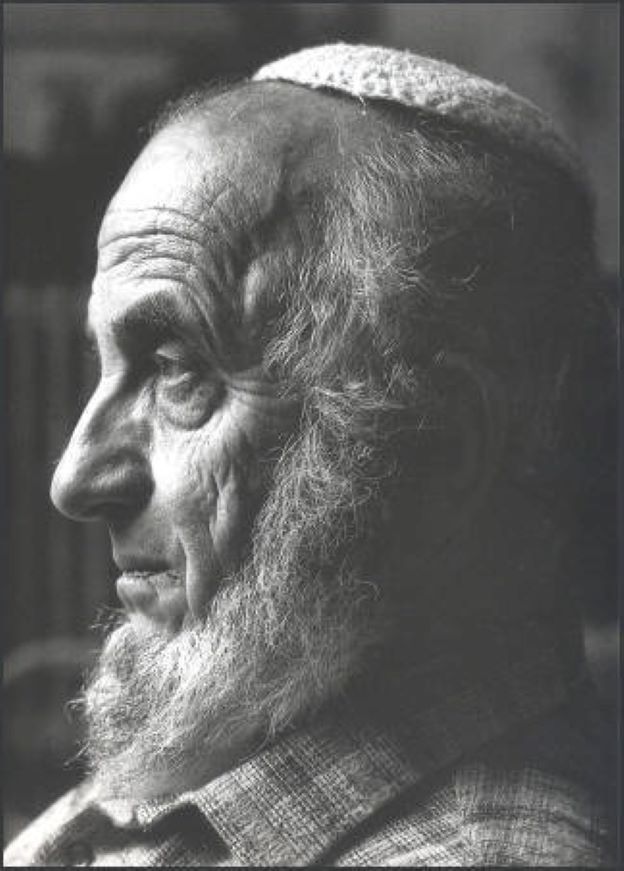
Fackenheim’s philosophical work was profoundly shaped by his experiences during the Holocaust. He believed that the Holocaust represented a divine imperative for Jews to persist in their cultural and religious identity.
He coined the concept of the “614th law”—an extension of the traditional 613 mitzvot in the Torah. This law encapsulated his belief that maintaining Jewish existence was a way to deny Hitler a posthumous victory.
In 1984, Fackenheim emigrated to Israel, where he continued to contribute to Jewish thought until his death on September 18, 2003.


